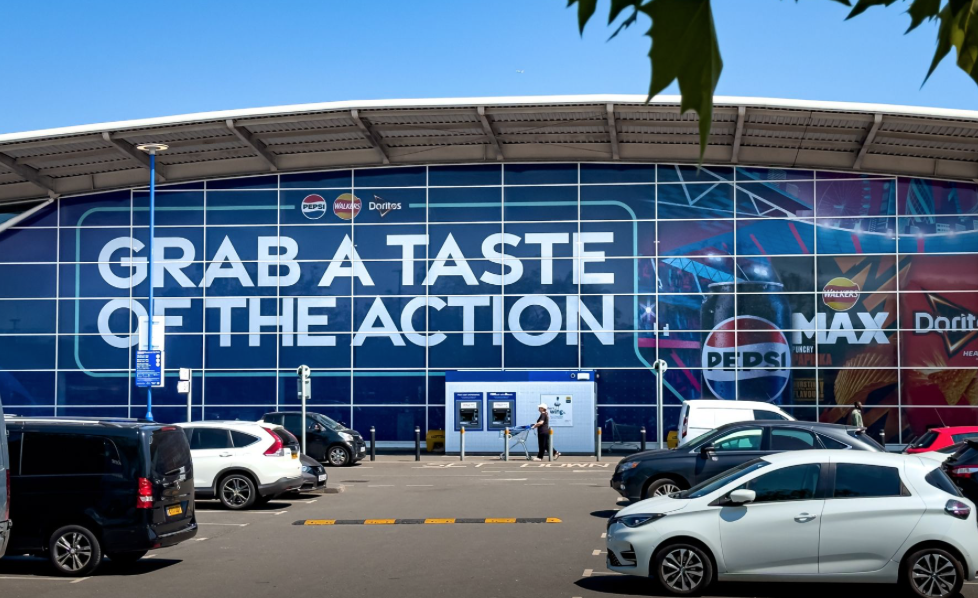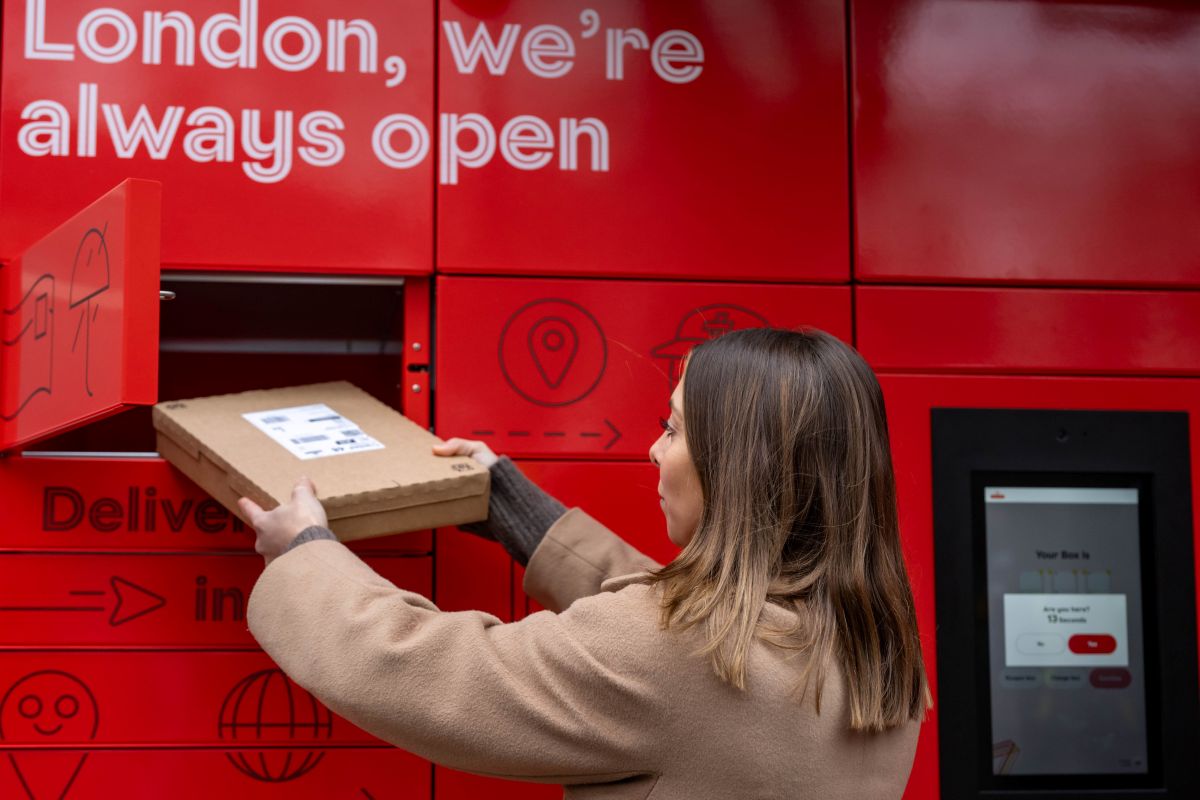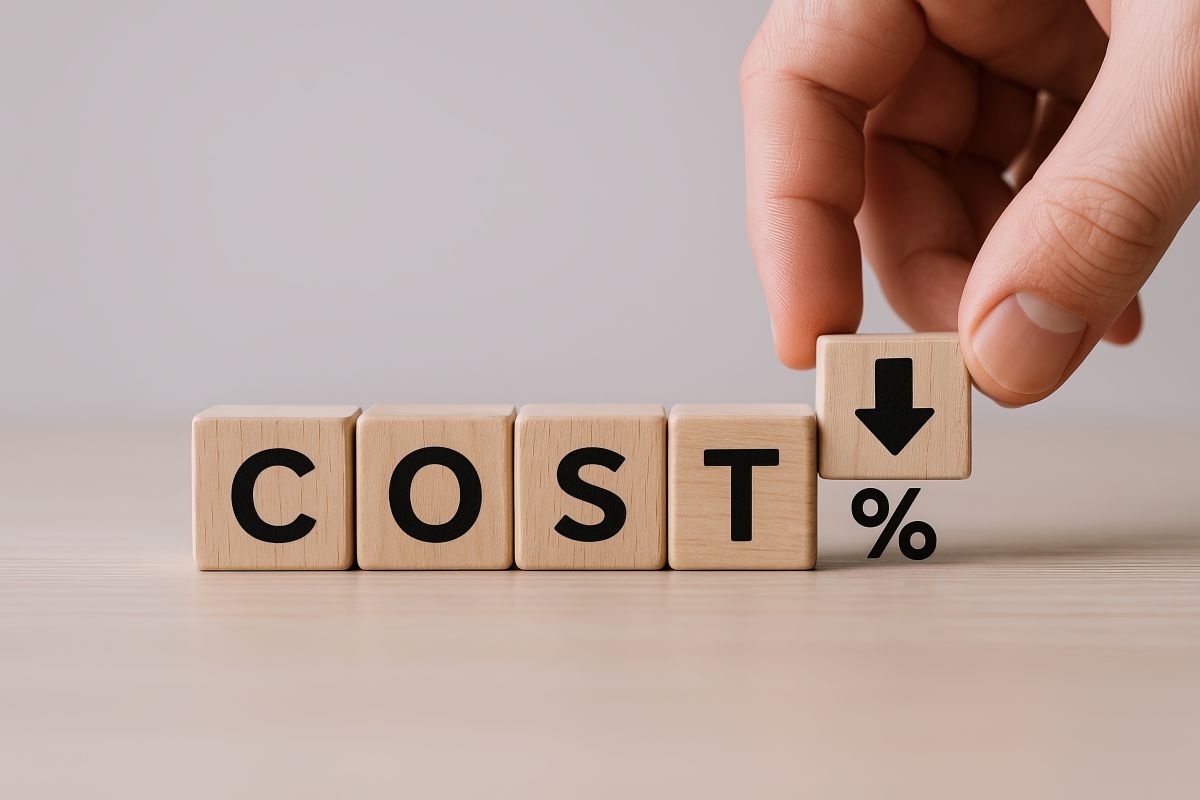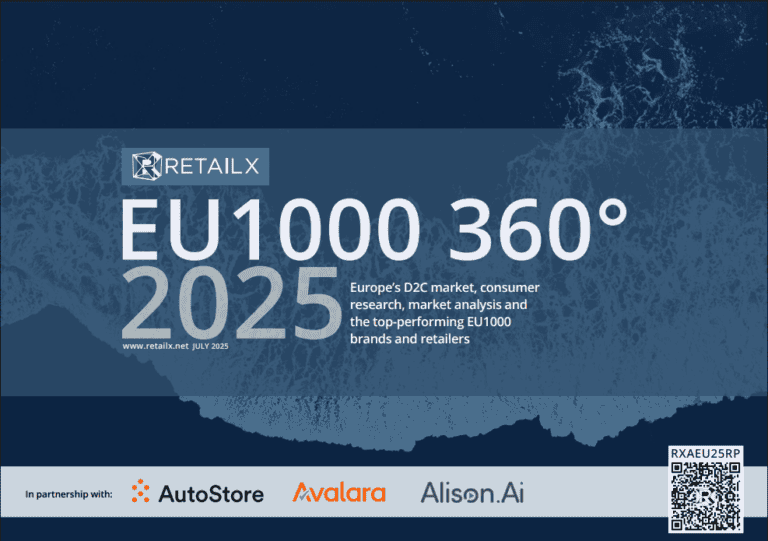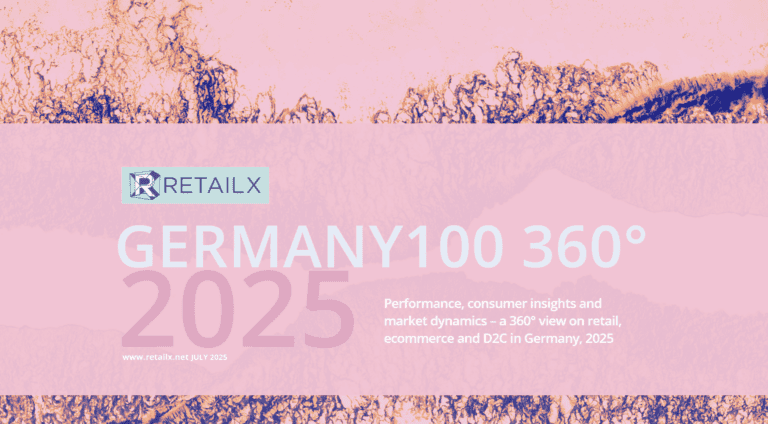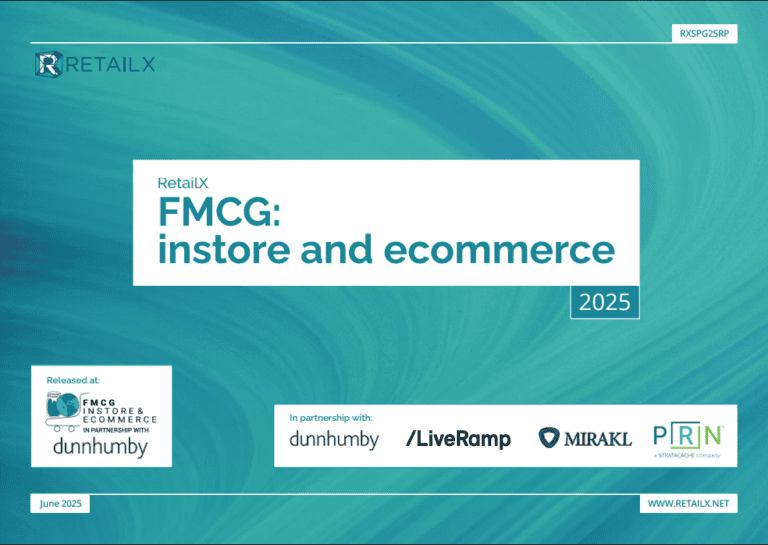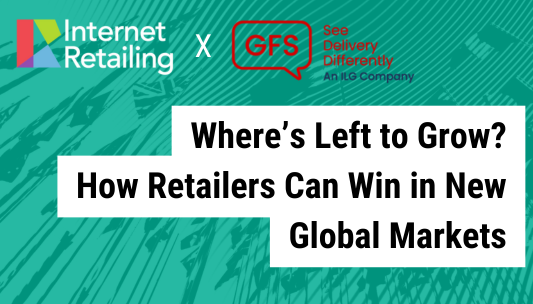Instore retail media is increasingly realising its potential to add some of the reach of digital marketing to the stores where most consumers still shop, but what does instore actual comprise?
Instore retail media encompasses a range of formats designed to engage shoppers at the point of purchase and drive brand awareness or sales. There are, of course, many ways in which stores can deliver media and advertising, but there are essentially four main areas – digital signage, physical signage, sampling pop-ups and instore radio (and sometimes TV) – and several less well used and emergent technologies that blend the above or enhance them.
Core instore media formats
Let’s first look at the main instore formats and what they deliver for brands advertising and the retailers deploying them.
• Digital screens – the core offering for instore retail media today, certainly from a headline-grabbing point of view, are instore digital screens. These can be large or small digital displays, video walls, or TV screens placed throughout the store, often showing dynamic content or promotions. They can be placed right above a particular product type, across an aisle, on shelf ends or withing defined sectors within a store and can show ads designed to target shoppers right at the point of choice.
Brand can use video creatively due to its size and format and can capture 100% of the category shoppers in the moment. These sorts of screens dynamically adapt content based on weather, time of day or shopping behaviour. As a result, they are highly effective at capturing attention, increasing dwell time and driving impulse purchases.
Fashion and grocery retailers report significant uplifts in engagement and sales when using digital screens for targeted promotions. For example, fashion retailer Zara uses LED video walls and interactive digital signage in flagship stores to immerse shoppers in campaigns and showcase new collections. Walmart, meanwhile, features TV wall ads and digital screens that display targeted content and promotions, often linked to self-checkout for performance tracking. Nike employs giant screens in Rise concept stores to display real-time sports data and community content, reinforcing brand connection and driving upsells.
They are however expensive and for many stores do require a refit to install some of the bigger screen walls or bigger screens. Smaller solutions that fit atop gondolas can be relatively easily retrofitted, but these digital signs are an IT project with all the complexity that that entails.
• Static signage – the ‘old fashioned way’ of doing things still carries a lot of potential within instore retail media, encompassing posters, banners, shelf talkers and floor stickers placed near products, at checkout, or in high-traffic areas. These are highly effective at reinforcing brand messages and promotions, especially for new product launches or limited-time offers. These formats are easy to implement and highly cost-effective, with strong recall at the point of purchase. There are myriad examples, with supermarkets and drugstores commonly using shelf talkers and floor decals to promote everything from featured brands to seasonal products to the stores own loyalty programme – the latter driving data for the wider retail media play within the retailer.
The concept may well be as old as retail itself, but there are increasingly new spins being put in static signage, whether that be including scannable QR codes that link the shopper, via the store wifi on which they have logged in, to more content or offers, or to taking it to the extreme of wrapping the outside of a whole store in sponsored signage as has been done by Tesco and PepsiCo in the UK.
This is one of the most marked developments of instore signage as a marketing tool came in summer 2024, when Tesco and PepsiCo collaborated on a store wrap campaign at Tesco’s Wembley store, coinciding with the UEFA Champions League final.
This involved completely covering the store’s exterior with PepsiCo branding, including Pepsi, Doritos, and Walkers, and also included in-store activations and promotions. This marked Tesco’s first use of a store wrap for advertising and a significant step in its retail media strategy, which it said was an “expansion of Tesco’s creative canvas”.
The campaign, which aimed to create an immersive experience for shoppers, included wrapping the Wembley store in PepsiCo branding, featuring the tagline “Grab a Taste of the Action” on the outside, while in the actual store it fed through to a number of instore activations including exclusive promotions and engaging activities inside the store such as prize give away and exclusive promos.
This initiative is part of Tesco’s broader push into retail media, which also includes video advertising on their website and app and the development of new insights and measurement tools for advertisers. The Tesco Media and Insights platform aims to provide advertisers with a “full-funnel impact” measurement framework, allowing them to track the effectiveness of their campaigns, according to Tesco. Full store wraps – which it is working on doing with 50 stores around the UK – is part of this extension of retail media and marks a move into blending online and instore in new ways.
• Product Sampling – Another old school, though highly effective, instore retail media tool are product samples. These instore demonstrations or free sample giveaways, which can be staffed or automated, are great at directly influencingtrial and purchase, particularly for new products. Sampling can increase sales by up to 20% for featured items and builds brand loyalty.
They are also be given a modern twist to link these physical offerings with the digital to help generate data about their effectiveness and shopper habits instore. For example, Walmart integrates sampling with QR codes linking to digital content, pairing demo carts with online campaigns for a seamless experience.
• Instore radio and audio advertising – Once a staple of stores across the spectrum from fashion to grocery, instore radio playing tunes and hits are a staple of the retail experience. While setting the ambience for the store, they are also an ideal way to deliver marketing messages such as branded messages, promotions, or curated music played over the store’s audio system.
And they work. Audio ads are effective for raising awareness and creating an immersive shopping environment and can drive incremental sales, especially for impulse categories, with some brands seeing 4-9% lift in unit sales.
For example, 7-Eleven and its Gulp Radio, delivers targeted, localised audio messages that have led to measurable sales increases for brands like energy drinks and isotonic beverages. Similarly, Walmart Radio offers regional or store-specific audio ads, providing a new touchpoint for brand awareness.
• Interactive kiosks, scanners and smart mirrors – a modern take on instore sees the growing use of touchscreens or digital devices that allow shoppers to access product information, try on products virtually, or receive personalised recommendations. Supermarkets increasingly deploy interactive kiosks for recipe ideas, product demos, or coupon printing. A prime example is Tesco again. While Tesco is best known for its large-scale deployment of in-store digital screens – more than 1,000 inside stores and 500+ Smartscreens outside stores – it also innovates with interactive digital solutions that closely resemble the value and function of digital kiosks.
Tesco’s “Scan As You Shop” handheld devices—used by shoppers to scan items as they move through the store—are increasingly being used as digital interactive platforms for serving dynamic, targeted ads. These devices function much like digital kiosks in terms of delivering personalized, context-aware content to shoppers at the point of decision. This is a core part of Tesco’s retail media strategy, allowing brands to reach shoppers at scale with precise targeting, powered by Tesco’s Clubcard data and advanced analytics.
While Tesco does not always refer to these handhelds as “kiosks,” the principle is the same: interactive digital touchpoints that engage shoppers with relevant advertising and product information. In addition, Tesco is expanding its digital footprint inside and outside stores, with a clear focus on integrating digital media into the physical shopping journey.
Another kiosk like offering that plays a growing role in instore retail media is the virtual try-on. These are offered as a way to enhance the shopping experience – a virtual try on mirror for example helps the shopper chose what they might want to buy – but these are also then ideal ways to ideate other options, upsells and cross-sells or simply to surface other brands or products. The enhance engagement and dwell time these delivers can also then provide valuable data on shopper behaviour and product choice, helping refine the offering. In addition, if shoppers can be persuaded to log in to get more from these devices, digital data can be accrued aiding personalisation, as well as generating performance data that can then be used to enhance the offering itself.
For example, fashion giant H&M uses smart mirrors in flagship stores for virtual try-ons and personalised digital experiences. These mirrors, often placed in fitting rooms or on the sales floor, leverage technology like computer vision and AI to recognise clothing items, offer personalised styling recommendations and enable virtual try-on experiences.
Some next generation instore formats
While instore retail media is evolving rapidly, much of it comprises taking existing ideas and building on them with enhancements from AI, RFID and sensors. Technologies like artificial intelligence, edge computing, sensors and beacons that enable hyper-personalised, context-aware experiences are set to see mass deployment across physical retail as retail media network owners look to link the physical world with the internet.
These offerings still emerging, but show promise for deeper personalisation and real-time engagement. These formats can deliver targeted offers or content based on shopper behaviour and preferences, just as retail media does online – only to the vast number of shoppers instore.
• Beacons – beacons that are powered by Bluetooth or RFID are finding increasing use in instore retail media across a number of use-cases. Beacons use Bluetooth Low-Energy (BLE) to detect nearby shoppers’ smartphones and send real-time, location-based offers, coupons, or product recommendations as customers move through different store sections.They can also facilitate instore navigation by guiding customers to specific products or departments and can trigger interactive digital experiences or newsfeed-like content streams within retailer apps.
For example, Target’s instore beacon marketing delivers newsfeed-like content to shoppers based on their location, while Nordstrom uses beacons to notify customers when items in their online cart are available in-store.
And beacons enable mobile self-checkout and payment by identifying the customer’s location and automating payment processes, giving shoppers a much more seamless experience instore – hopefully encouraging them to return.
From a marketing point of view, retailers are increasingly using beacons to also enrich customer profiles with granular data on shopper movements and category engagement, supporting better segmentation and retargeting.
• Scanners – Handheld scanners and ‘Scan & Go’ devices are evolving into platforms for serving targeted ads, coupons and product suggestions based on real-time shopping behaviour. Scanners allow shoppers to track spending in real time, which can increase impulse purchases for budget-conscious consumers by providing a sense of control and enjoyment. Scan & Go technology streamlines the checkout process and links instore activity to loyalty programmes and digital promotions.
Retailers use scanner data to refine in-store media strategies, optimize product placement, and measure campaign effectiveness. For example, Tesco’s Scan As You Shop handhelds deliver targeted promotions and ads, while supermarkets globally are integrating Scan & Go with loyalty apps for a unified shopping experience.
• AI – Underpinning all developments in instore – and all other – retail media is AI. AI analyses vast datasets to predict shopper intent and deliver highly relevant, privacy-friendly ads in real time – both on digital screens and through mobile apps – and continuously optimises instore media campaigns by analysing shopper behaviours, purchase patterns and inventory levels.
From this, AI generates personalised product recommendations and promotions, often integrating online and offline data for a seamless omnichannel experience.
For example, Walmart uses AI for inventory management and demand forecasting, while Cooler Screens leverages AI to serve dynamic, context-aware ads on digital fridge doors in grocery stores
But it does so much more and will be found in all aspects of instore as the year plays out. AI-powered smart shelves, for instance, can monitor stock levels, detect out-of-stock situations and trigger dynamic promotions or alerts to staff. It can also play a role in loss-prevention and even optimise store layout.
*****************INSTORE IN ACTION AI and sound marketing********************
As the use of instore radio evolves, so what it plays is also changing. While the hits of the day have graced many of fashion store for many years, there are issues with licencing to play that music, which comes as a cost to the retailer. While instore radio is essentially a media channel that is there not to merely tickly the eardrums of shoppers, but also to carry adverts it can off-set these costs to some degree, many are looking at how to potentially circumvent these charges and create their own music using AI.
Music, in particular, can influence emotions and even have an impact on purchasing decisions. Brands that tap into the emotional power of sound can build more immersive and compelling brand experiences.
Companies such as Startle in the UK already provide curated playlists for retailers to create the right atmosphere, but using AI-generated music could be alluring to brands, as it offers the ability to create customised audio experiences without the time and budget constraints associated with human-composed music. YouTube has recently announced the launch of an AI-music tool to allow creators to generate background music based on specific instructions. It could also lead to sound marketing for brands, creating a tune that is at once creating the right ambience, influencing how shoppers are minded to shop and offering brand marketing all in one tune. This may be some way off, but it is likely to be part of the overall instore audio marketing paradigm in the years ahead.
****************************************************************************
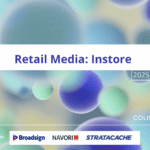
Download the Retail MediaX Instore report to learn more about creating, managing and measuring your instore retail media strategy as a retailer or a brand
